Ayurveda offers a holistic approach to managing conditions like Prolapsed Intervertebral Disc (PIVD), focusing on addressing the root causes of the condition, such as imbalances in the Vata dosha. Vata governs movement and is responsible for the dryness, weakness, and degeneration seen in conditions like PIVD. Ayurvedic treatments aim to restore balance, reduce inflammation, and support tissue repair, which can complement conventional treatments like physiotherapy and surgery.
Incorporating MRI Findings in Ayurveda: While Ayurveda traditionally does not rely on MRI scans, modern Ayurvedic practitioners use these diagnostic tools to better understand the extent of the condition. MRI results, such as the degree of disc herniation, nerve compression, and inflammation, can help guide the choice of treatment. Ayurvedic therapies are personalized based on the severity and location of the prolapsed disc. For instance, a severe disc prolapse with nerve involvement might require more intensive therapies, while mild cases could benefit from gentler treatments.
Ayurvedic Therapies for PIVD: Abhyanga (Oil Massage): Abhyanga with medicated oils like Mahanarayan Oil or Ashwagandha Oil can help reduce the dryness and stiffness associated with Vata imbalances. Regular oil massage nourishes the tissues, promotes circulation, and relieves muscle tension, which can alleviate pain.
Basti (Medicated Enema): Basti is a powerful Panchakarma therapy that helps cleanse the body of toxins, balance Vata, and reduce inflammation in the lower back. This therapy can be especially beneficial for PIVD as it helps lubricate the joints and soft tissues, easing discomfort and supporting healing.
Herbal Formulations: Herbs like Ashwagandha (for strength and vitality), Guggulu (anti-inflammatory and helps in tissue repair), and Shallaki (Boswellia serrata, for its anti-inflammatory and analgesic properties) are commonly used to reduce inflammation, relieve nerve pain, and support the healing of damaged discs.
Panchakarma Treatments: Kati Basti, a localized oil therapy for the lower back, is particularly effective in treating PIVD. In this treatment, warm medicated oil is pooled over the lower back, which helps to:
Alleviate pain and stiffness Improve circulation to the affected area Support the body’s natural healing processes by reducing inflammation and soothing the nervous system Kati Basti can be effective for both early and moderate stages of PIVD. In severe cases, additional treatments like Abhyanga, Shirodhara, or Virechana (purgation) may be recommended to detoxify the body and alleviate associated symptoms.
Lifestyle Modifications: Yoga and Exercise: Gentle, restorative yoga poses like Setu Bandhasana (Bridge Pose), Bhujangasana (Cobra Pose), and Adho Mukha Svanasana (Downward Dog Pose) can help strengthen the spine, improve flexibility, and relieve tension in the lower back. Yoga can be tailored to the severity of the condition and should be practiced under the guidance of a qualified instructor, especially in more severe cases.
Ergonomics: Ayurveda emphasizes proper posture and body alignment. Sitting and standing in a way that supports the spine’s natural curvature can prevent further strain. Ergonomic adjustments in daily activities, such as using lumbar support while sitting, can make a significant difference.
Diet: To manage PIVD, a diet that nourishes the tissues and pacifies Vata is essential. Foods that are warm, moist, and grounding are recommended, such as:
Soups and stews made with ghee and spices like turmeric and ginger Whole grains (like oats, quinoa, and brown rice) Root vegetables (like sweet potatoes, carrots, and beets) Nuts and seeds for their healthy fats Herbal teas like ginger or turmeric tea to reduce inflammation Avoiding excessive cold foods, raw vegetables, and processed foods can help prevent aggravation of Vata, which can worsen back pain and stiffness.
Complementary Approaches: Ayurvedic treatments can complement conventional therapies like physiotherapy, medications, or even surgery. Many individuals find that Ayurveda helps manage pain, reduce inflammation, and improve overall mobility, enhancing the effects of more conventional treatments. However, it’s essential to work closely with both your conventional healthcare provider and an experienced Ayurvedic practitioner to create a well-rounded treatment plan.
Final Thoughts: If you or your family member is considering Ayurvedic treatment for PIVD, it is important to seek guidance from a qualified practitioner who can integrate MRI findings into a holistic treatment plan. Combining Ayurvedic therapies like Kati Basti, Abhyanga, and herbal remedies with lifestyle modifications like yoga, proper ergonomics, and a Vata-pacifying diet may help alleviate pain, improve mobility, and support long-term healing.
If anyone has experience with Ayurvedic treatments for PIVD, I’d love to hear how effective they were, any challenges faced, and how they integrated conventional and Ayurvedic approaches for the best outcomes.
PIVD can be quite a handful, huh? 🌿The way Ayurveda deals with conditions like PIVD is pretty fascinating when you mix it up with modern stuff like MRI scans. So, the MRI will show exactly where and how bad the disc issue is. It gives a clear picture, not only for conventional doctors but Ayurvedic practitioners too. They can see the extent of Vata aggravation and where it’s affecting the spine. Ayurveda is very much about personalization, so yeah, treatments can be tweaked based on what the MRI shows.
Now, for the imbalance of Vata dosha, Ayurveda often goes for nourishment and grounding therapies. Abhyanga, which is basically warm, medicated oil massaging, can really help soothe those irritated nerves and improve circulation. It works wonders to balance Vata by moisturizing and strengthening the tissues. Basti, on the other hand, helps detoxify and nourish from the inside—good for chronic conditions like PIVD.
Herbs? You’ve mentioned some excellent ones—Ashwagandha is great for toning, Guggulu can fight inflammation, and Shallaki, well, it’s like nature’s very own ibuprofen, okay? They’re all part of the toolkit to bolster tissue repair and reduce pain, trusting the body’s healing wisdom.
Panchakarma treatments like Kati Basti, specifically, are designed for localized relief. The warmth of the oil packs provides a soothing effect on the back, supporting healing. They’re generally safe from mild to moderate cases. Severe cases might need more extensive treatment, potentially combining therapies gradually.
Lifestyle, super key. Gentle exercises and yoga asanas like Bhujangasana (Cobra pose) and Salabhasana (Locust pose) really help strengthen the back muscles. Keep movements gentle; don’t overdo it. Ergonomics matters, especially if sitting long hours: chair with good support, correct posture, that sort of thing.
Diet will have a big say in your spine health; you want foods that nourish and lubricate. Think warming, grounding foods: ghee, cooked grains, milk, almonds. Avoid raw or very cold foods that can aggravate Vata.
As for integrating Ayurvedic treatments with conventional ones like physiotherapy, they can actually complement each other quite nicely. Just be sure to keep open communication with all health practitioners involved. Finding a good Ayurvedic doctor you connect with, who takes time to understand your unique constitution, is quite a find and can make your journey much smoother.
I hope you get some great stories on managing PIVD Ayurvedically. Everyone’s experience might vary, but all that knowledge sharing can be gold. Take care!




